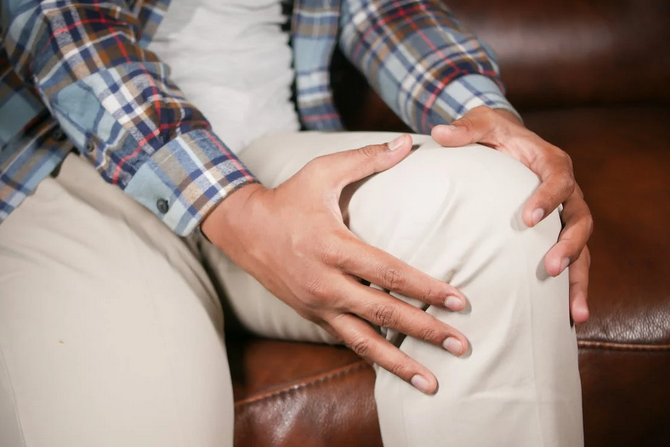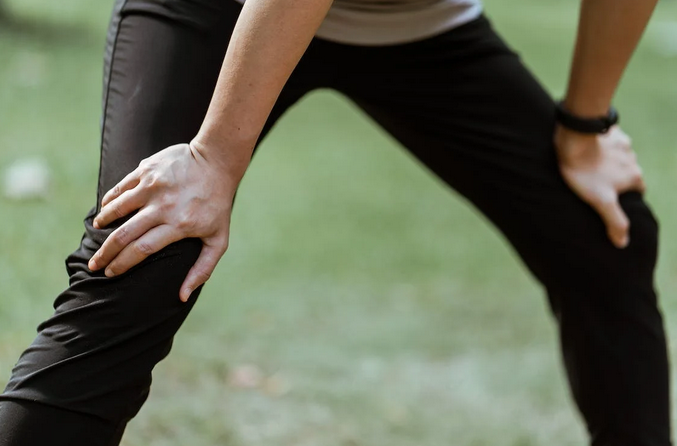
Today, let’s dive deep into the fascinating world of bone health. Affecting millions of people worldwide, osteoarthritis is still commonly overlooked, though the risks are real. This degenerative joint disease can lead to pain, stiffness, and limitations in daily activities. Some doctors often recommend getting a depro medrol injection. But have you ever wondered what factors increase the risk of developing osteoarthritis? Well, you’re in luck because we’re about to uncover some key culprits that might surprise you.
Lack of Exercise and Sun Exposure
When we engage in physical activity, it helps strengthen the muscles surrounding our joints, providing them with much-needed support. Additionally, exercise promotes blood circulation, which aids in delivering essential nutrients and oxygen to the joint tissues. On the other hand, leading a sedentary lifestyle can increase the risk of developing osteoarthritis.
Another surprising factor that may contribute to osteoarthritis risk is inadequate sun exposure. You might be wondering how sunlight relates to your joints! Well, it turns out that vitamin D – often called the “sunshine vitamin” – plays a significant role in bone health. So as you can guess, less sunshine means more tendency to develop osteoarthritis.
Repetitive Use of a Certain Joint

Repetitive use of a certain joint can significantly increase the risk of developing osteoarthritis. Whether it’s from a specific sport or occupation that requires repetitive movements, continuously straining a particular joint can take its toll over time.
Think about athletes who specialize in sports like tennis, basketball, or golf. These individuals are constantly using their wrists and elbows to perform repetitive motions such as swinging a racket or shooting a ball. The constant strain on these joints can lead to wear and tear on the cartilage, eventually leading to osteoarthritis.
Female Biological Features
When it comes to the risk of developing osteoarthritis, women may face certain challenges due to their unique biological features. Hormonal changes throughout a woman’s life can significantly increase the risk of this condition. One significant factor is menopause. During this stage, estrogen levels decrease significantly.
Estrogen has been shown to have protective effects on cartilage, which acts as a cushion between bones. With lower estrogen levels, women may be more susceptible to cartilage breakdown and joint damage. Another aspect related to female biology is pregnancy. The weight gain during pregnancy places additional stress on joints, particularly in the hips and knees. This increased pressure can lead to wear and tear over time.
Excess Weight

Speaking of weight gain, carrying around extra pounds can put such a huge strain on your joints, leading to a higher risk of developing osteoarthritis. When you’re overweight or obese, the excess weight places added pressure on your knees, hips, and spine. This constant stress can lead to wear and tear on the joint cartilage, eventually causing it to break down.
Furthermore, adipose tissue (fat) releases inflammatory substances that can further contribute to joint inflammation and damage. In fact, studies have shown that overweight or obese people have higher levels of systemic inflammation in their bodies.
While there are certain risk factors that increase the likelihood of developing this condition, it’s important to remember that not all cases are preventable. However, it’s totally possible to reduce your chances of experiencing joint pain and discomfort. But how? Regular exercise, more exposure to sunlight, stretching exercise, and maintaining a healthy weight are the answer.…
